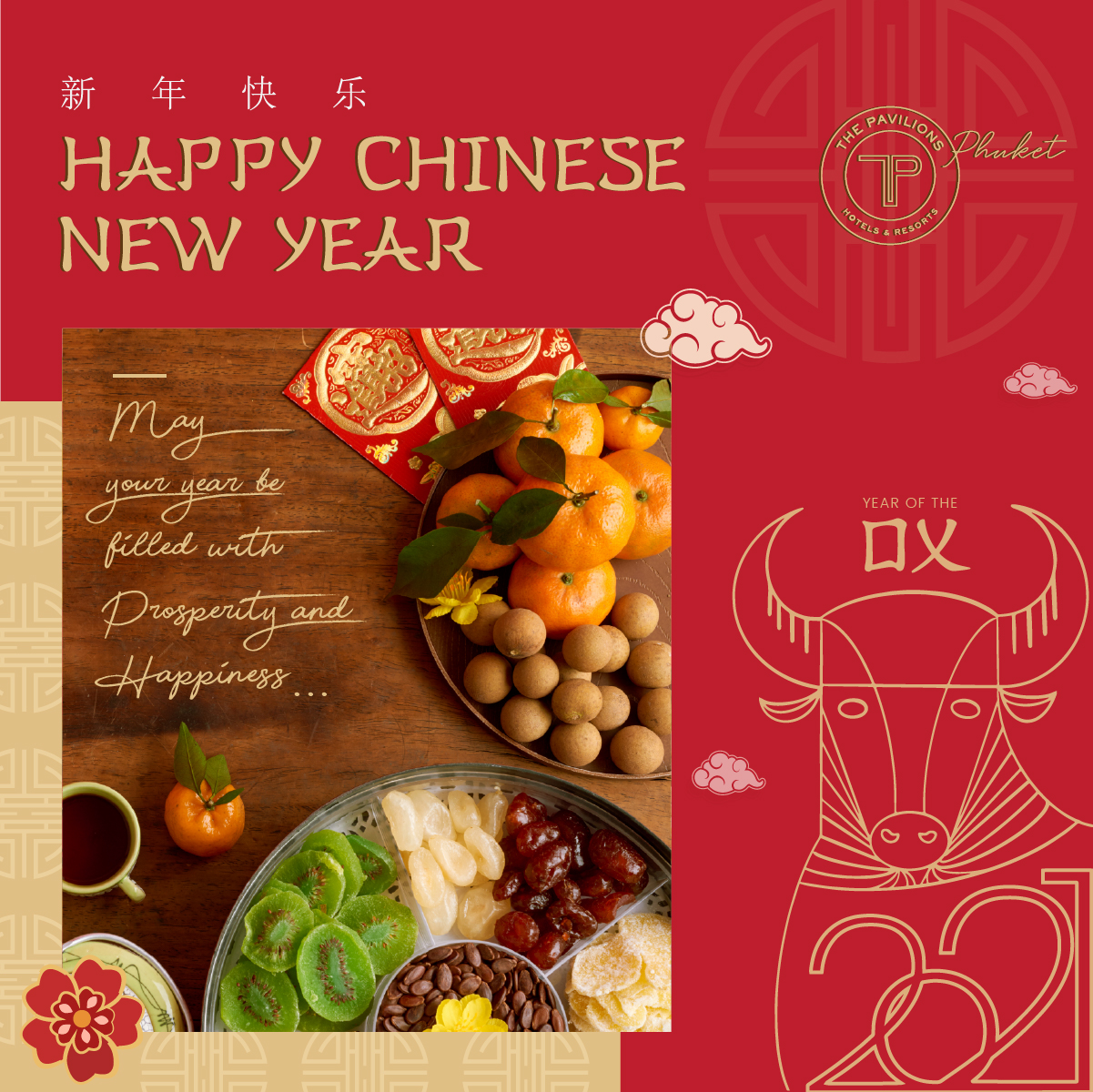As we welcome The Chinese New Year of the Ox, learn about the Ox, luck, Chinese New Year rituals’, and cultural mythical stories. We even found an old tale of a race between a Rat and the Ox, who do you think crossed the line first?
Also regarded as The Luna New Year, this year falls on the Ox. The Ox is second of the 12-year periodic sequence of animals in the Chinese zodiac related to the Chinese calendar. The Chinese zodiac ox has a long tale, and in Chinese mythology, many myths about oxen or ox-like entities include celestial and earthly beings. In Chinese culture, the Ox is an admired animal because its role in agriculture and its positive characteristics, such as being hardworking and honest, are attributed.

Lucky Chinese New Year Flowers and Fruits.
Flowers and fruits hold particular importance during Chinese New Year, which is celebrated in several Asian countries, including Thailand, Indonesia, Japan, Singapore, Taiwan, Hong Kong, Korea, and Vietnam. We list the lucky fruits and flowers that are often used as decorations during Chinese New Year and their aligning principles.
Peach blossoms – Prosperity and Growth
Grapes, Plums, Jujube and Kumquats – Good Luck and Prosperity
Pomelos – Good Luck and Family Unity
Oranges – Abundance and Happiness
Orchids – Fertility and Abundance
Plum blossoms – Endurance and Courage
Peonies – Richness and Peace
Narcissus or Water Fairy Flowers – Good Fortune and Prosperity
Lucky numbers for the Year of the Ox are 8, 9, 3; Avoid: 6 and lucky colours are blue, red, purple; Avoid: white, green.
The Tale of The Great Race from a hardworking, honest animal.
According to mythological stories, a race was held to determine which animal, in which order, would be the namesakes of the twelve-year cycle. The race was run and swum, with the finishing line being beyond a large river. The Rat and the Ox crossed the river easily, with the Ox due to being large, powerful, and adept both on land and in water, but the Rat asked the good-natured Ox for a ride on its back, but then ungratefully jumped off at the last minute to cross the finish line first.
Mythology
According to tales and myths, the beginning of the Chinese New Year began with a mythical beast called the Nian during the annual Spring Festival. It was known that the Nian would eat villagers in the middle of the night. One year, the villagers decided to hide from the monster. An old man said that he would stay the night and take revenge on the Nian. All the villagers thought he was crazy. The old man put red scrolls up and set off firecrackers. The following day, the villagers came back and saw that nothing had been destroyed and they felt that the old man was a deity who came to save them, the villagers then understood the Nian was afraid of the colour red and loud noises. So the tradition grew that when New Year was approaching, the villagers would wear red clothes, hang red lanterns, and red spring scrolls on windows and doors. People also used firecrackers to frighten away the Nian. From then on, Nian never came to the village again.